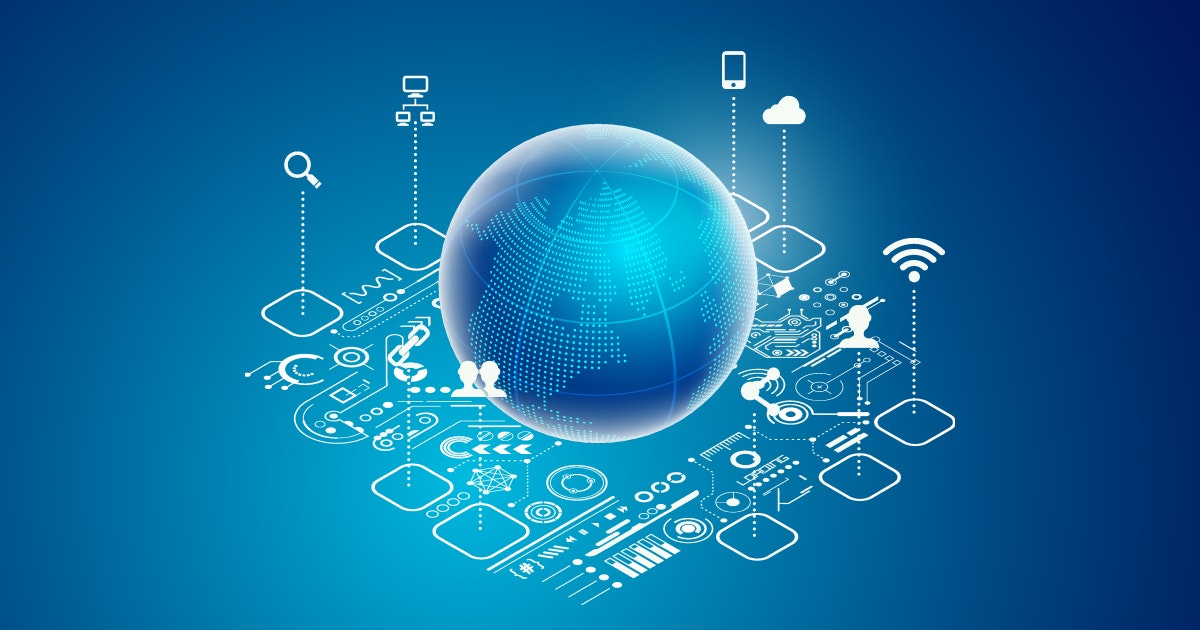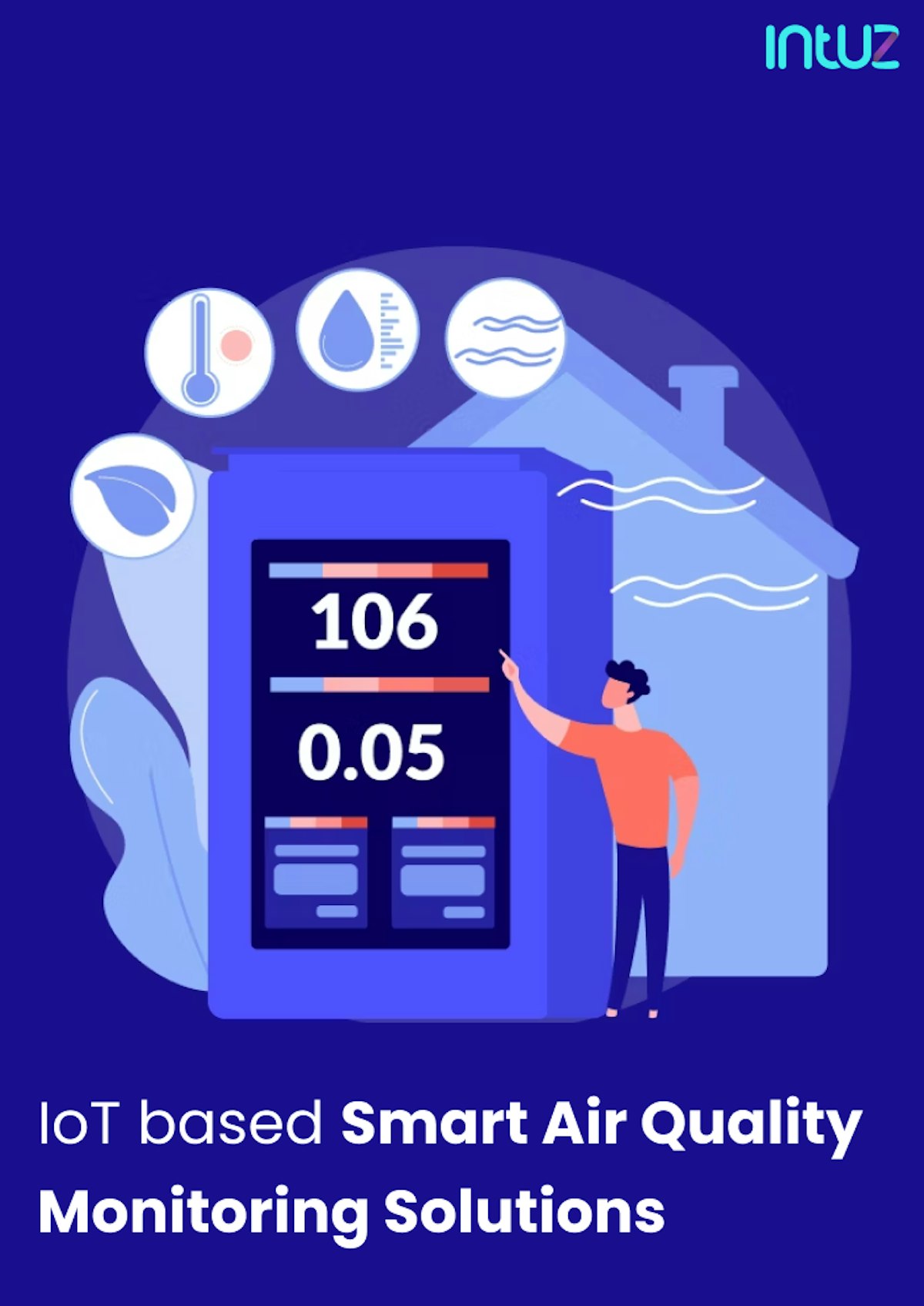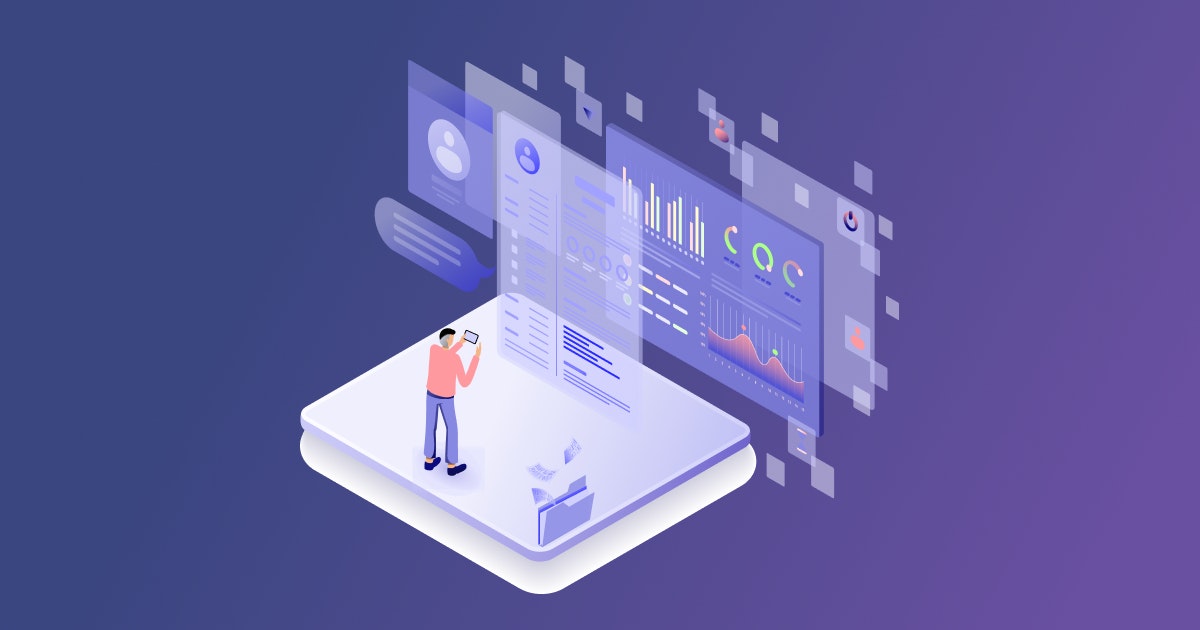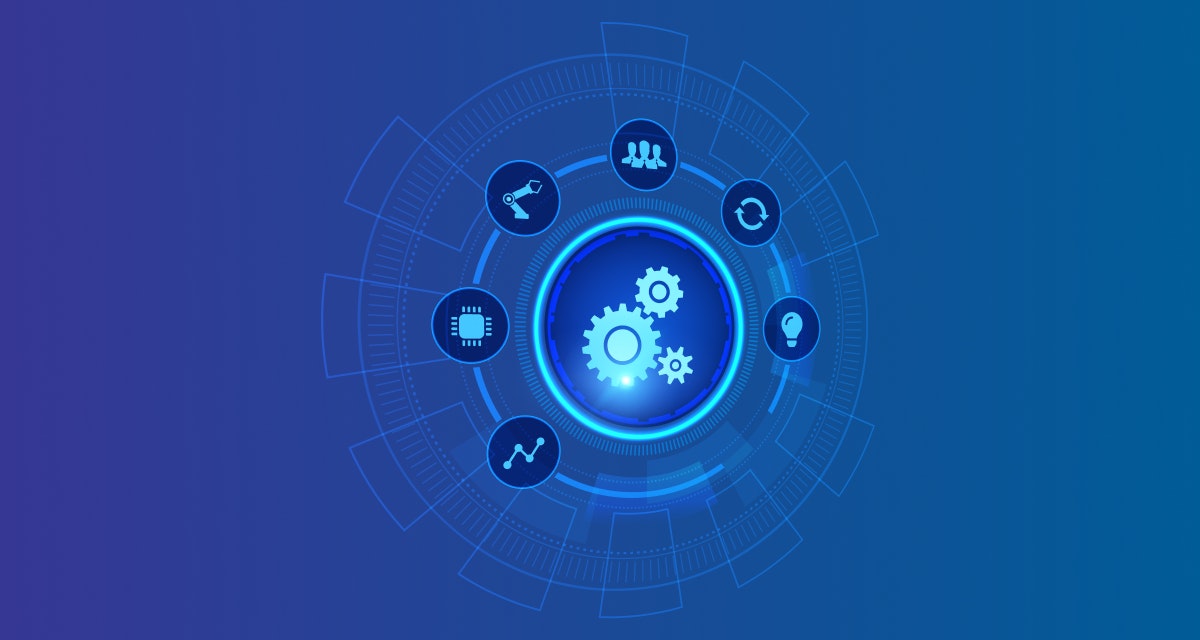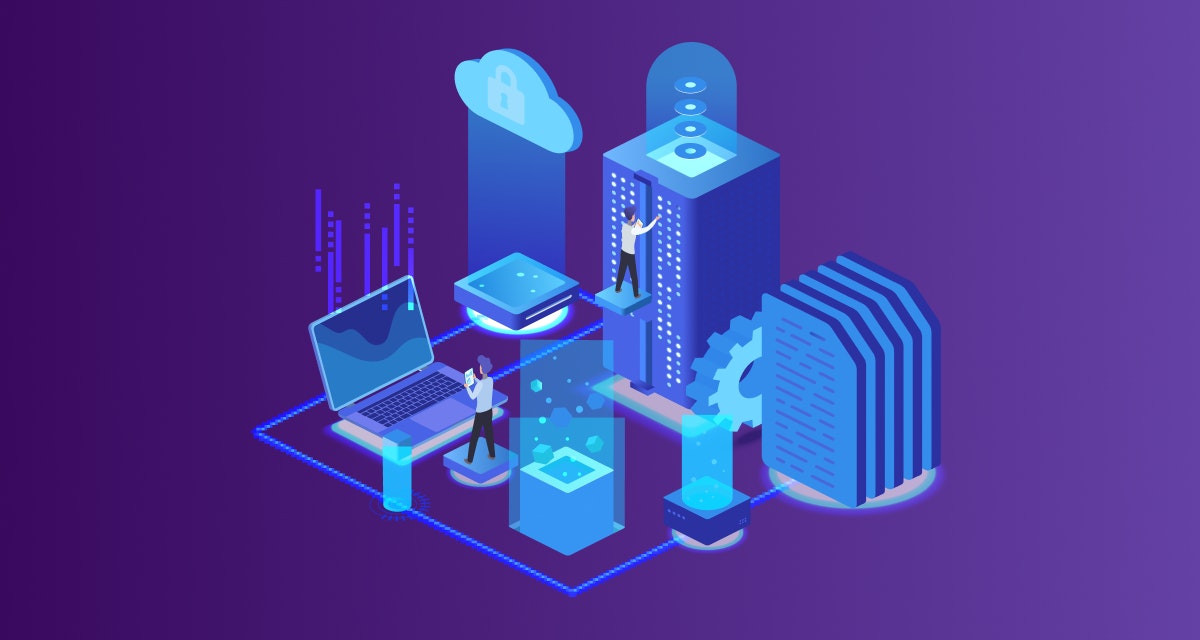Table Of Content
The implementation of the Internet of Things (IoT) in the digital world is gaining pace at breakneck speed, with more companies and individuals entering the realm of interconnectivity.
That is why it is not surprising to see IoT being integrated into Heating, Ventilation, and Air Conditioning (HVAC) systems to help improve their efficiency.
The smart HVAC industry has responded by implementing IoT-enabled sensors that monitor equipment such as boilers or cooling units for maintenance purposes in the past few years. They raise alerts before issues arise, reducing repair times post-installation of the technologies.
The benefits offered by this advancement are invaluable as they allow you to take better care of your residential and commercial buildings' assets. Improved monitoring capabilities ensure everything runs smoothly without any technical problems, thus saving costs and increasing smart HVAC efficiency.
What makes an HVAC system smart?
Such solutions are not just communicating among themselves; instead, they also create data logs and usage history to make decisions for you.
Smart HVAC systems do more than just circulate air — they control temperature, study usage patterns, and predict maintenance.
IoT-enabled smart thermostats help control and detect humidity, temperature, or motion. These can be easily managed through a mobile app. Smart home systems such as Google Home and Alexa can also connect and communicate through these devices for easy management.
An overview of the opportunities in the smart HVAC controls market
The HVAC industry has been on an unprecedented growth trajectory for the past decade, fueled by rising investments from the corporate sector and increased construction activities.
The COVID-19 pandemic has further accelerated the trend of implementing smart HVAC systems by boosting demand for the heating controls market.
The HVAC controls market, specifically, is experiencing tremendous growth due to the rising trend of smart devices in homes and industries with a projected value of $30 billion in 2028 and an expected CAGR rate of 10%.
Amidst the surge in green initiatives to save the environment and operational costs, there has been a rise in demand for environmentally friendly HVAC units. These include the use of solar panels and wind turbines to reduce overall energy consumption and associated costs.
Using geothermal heating and cooling methods eliminates the need for petroleum-based electricity, thus reducing your business's carbon footprint.
The Desiccant-Enhanced Evaporative Air Conditioners, or DEVap for short, are air conditioning systems with the potential to revolutionize the smart HVAC industry.
These devices combine the cooling power of evaporation with salt-like dehumidifying substances known as desiccants. They create an air conditioning system through dry cold airflow and come at a fraction of the cost of current models.
Let's Upgrade Your HVAC System with IoT Intelligence!
Contact UsThe top five IoT applications for HVAC you should know about
1. Predictive maintenance
Investing in predictive maintenance can help you avoid the problems that result from failures and save money. Industry experts report an increase in ROI by 545% for businesses when they invest in maintaining their equipment. An analytics software solution helps check the equipment's condition and raises alerts in case of wear and tear.
2. Remote temperature monitoring
Keeping inventory at the right temperature with energy consumption and management solutions is essential for organizations dealing with perishable or hazardous substances.
IoT platforms provide temperature control and quality assessment functionality. Restaurant owners, for instance, can save millions by preventing malfunctions and keeping their food from becoming harmful or dangerous for consumption.
The software enables them to differentiate themselves by offering additional value through advanced equipment and building a more customer-friendly environment.
They monitor commercial restaurant refrigerators to maintain the prescribed temperature at all times. The temperature control systems in walk-in food storage units can be monitored remotely, and it notifies regarding spoilage of the product.
3. Predictive analytics
IoT can provide a richer data set for companies to keep them informed of customer properties before they make onsite visits. With these capabilities, a smart HVAC system presents more opportunities in the market.
They offer custom monitoring plans and provide customers with the option to add features when needed. Systems can be upgraded or scaled as per analytic data received from IoT-enabled smart sensors.
System performance metrics collected by them can be sent back for analysis at central interfaces:
- Dashboard for homeowners — IoT enables homeowners to monitor their homes remotely over their portable devices such as a smartphone or laptop. It gives them peace of mind and provides essential metrics related to temperature, motion, and energy usage.
- Dashboard for contractors — Contractors can keep an eye on equipment conditions and access historical data. These analytics help them decide on proactive maintenance and repairs. Timely repair and replacement saves costs and leads to more efficient service dispatch, improving customer satisfaction rates.
4. Regulatory compliance
Meeting regulatory compliance costs manufacturers across industries a lot. They employ field agents to inspect equipment onsite and ensure compliance physically.
However, IoT allows them to replace manual inspections with internet-connected sensors. It creates higher value for their customers and saves them dollars as well. Companies can collate gathered data from their connected operations to generate performance reports.
With remote AC sensors, smart HVAC companies have been able to reduce service costs and improve customer experience. The data captured by these smart devices offer increased visibility into the state of each system at any given point in time.
Regular monitoring helps them avoid costly repairs while offering 24/7 customer support. This ensures the smooth functioning of the system.
5. Consumer replenishment
HVAC products may also include consumable elements such as fuel, oil, and filters. These consumables make recurring money for the company. IoT connects sensors to devices and enables the automatic restocking of consumables.
Companies can forecast demand and improve their service by reducing response times. It also guarantees recurring sales of consumables, thus improving conversion rates.
At the same time, customers benefit from reduced downtime and a better product experience. They never run out of consumables such as fuel at odd times, which ensures added convenience.
Steps to Building Smart HVAC Systems
Developing a smart HVAC system from scratch is no easy task. It requires expertise in engineering and infrastructure development and must be able to scale up for the company's needs over time. This process starts with implementing an IoT-based platform that provides all of their technology needs to create a customized solution for many companies
A smart HVAC ecosystem comprises the following components:
1. Universal data connector
The core of an IoT-enabled HVAC Platform is a universal data connector. As the name suggests, it enables data sharing, thus processing an endless stream of data through server-to-server networking and machine-to-machine connectivity.
2. Data historian
Data analysis is all about making sense of the data and using it. It is necessary to store data carefully, as it can be difficult to extract meaning from poorly displayed data. There are many different formats for logging your HVAC system's activity.
IoT data can be stored in a variety of formats, making it usable with different database structures. MySQL or PostgreSQL are good choices for storing log files on your local machine as they allow more flexibility. Other options are MariaDB, Access, SQL Azure, and CSV.
3. Alarm logging and notifications
IoT enables event logging to open databases. These can be programmed to send notifications via SMS or email. It provides businesses an easy way of staying on top of their service delivery and security commitments without deploying costly equipment.
4. Device and data connectors
The most critical component of the HVAC ecosystem, device and data connectors allow for the data transfer between different types and makes of equipment.
You will need to connect many devices across your network ranging from specific equipment from brands like Allen Bradley or Siemens to other universal drivers.
Connecting with these products can be done wirelessly or through cables that have been explicitly designed to meet the requirements of each type.
5. IoT connectors
For optimum performance of the HVAC system, you need a way to connect your IoT devices with other systems in real-time. This can be done using an internet-connected gateway that can be accessed from anywhere at any time.
6. Visualization tools
Imagine a world where you can visualize the data from your IoT gadgets on any remote device. You no longer need to be tethered or have an IT person with expertise in software programming around the system all the time.
The custom dashboard allows configuring how the information will look when projected onto portable screens using visualization tools for Windows, web, and native iOS and Android devices — thus covering all browsers and devices.
7. SDKs and APIs
Creating custom automation IoT apps for Windows, web, and mobile devices requires an SDK. Integrating with .NET APIs and RESTful SDKs allows this development process to be done in a variety of ways that are designed specifically around what you want to achieve.
8. Networking features
An IoT platform becomes robust and reliable by fulfilling your networking needs. Network-enabled devices can connect amongst themselves and access resources on their own without any human intervention or coordination needed for them all to work together seamlessly.
Network administration becomes easier when you use one single software solution rather than having many different ones. It reduces things that need constant attention from IT staff, enabling them to keep everything running smoothly.
Using a managed platform for developing smart HVAC applications of IoT in HVAC industry
The second option is to build your own IoT product with a managed platform that provides hardware, software, and connectivity needed for deploying an advanced IoT network. It helps:
1. Connect
Connected devices have become more powerful as they are powered through a single network that covers every aspect of communication. All machines, vehicles, and equipment are connected to the internet with "edge-to-cloud" technology.
This means that instead of connecting only at a central location, such as in traditional networks, each node can set up connections with other devices on the network when needed. The data is sent to one central server over the cloud, making it easily accessible to all stakeholders.
2. Manage
An intuitive device management console allows you to wirelessly manage and control all connected devices of your HVAC solution. OTA (over-the-air) software update enables service providers to remotely reprogram your HVAC hardware without any need for physical inspection.
With IoT technology built into each component implementing new features or fixing issues before they arise can be done efficiently. It ensures every user benefits more from their purchase decisions.
3. Extract
Data is the backbone of the performance of data. Extracting information from all the data gathered by IoT assets is a necessary task. Though it may seem challenging traditionally, advanced technologies like AI and ML simplify it for businesses.
Beyond extracting insights, it is necessary to make sure they reach the right people with ease. Syncing them across all systems and making them more accessible through NLP helps achieve these goals with ease.
4. Track
Keeping track of rental equipment and other mobile assets is vital as they are expensive. IoT enables real-time tracking of equipment and vehicles, carrying it from the warehouse to the deployment site. It also ensures the safety of rental equipment and can be used to trace the location in case of theft.
Let's Build Your Smart HVAC System Together!
Contact UsOver to you
IoT is changing the way HVAC devices are deployed, managed, and maintained. Enterprises can analyze data collected by IoT devices to understand customer behavior, improve HVAC efficiency, and adapt to upcoming market trends, among other numerous benefits.
Advanced technologies such as AI and ML are making HVAC systems smart rather than just connected. Manufacturers, utility providers, and consumers alike can benefit from these advancements in HVAC technology.
ML algorithms can increasingly predict and understand human behavior. By deploying them across all stages of communication and connectivity, the HVAC industry will help minimize energy usage by offering more personalized comfort.
Efficient data collection and sharing helps HVAC systems perform better. The data can also be used for business applications.
Sharing it among the relevant stakeholders such as product, sales, and marketing teams also helps develop innovative products, deliver on customer expectations, and make smarter policies.
Book a Free 45-minute Consultation with Our IoT Experts Today! Get a customized roadmap and strategies to leverage IoT-enabled HVAC systems for your business.
